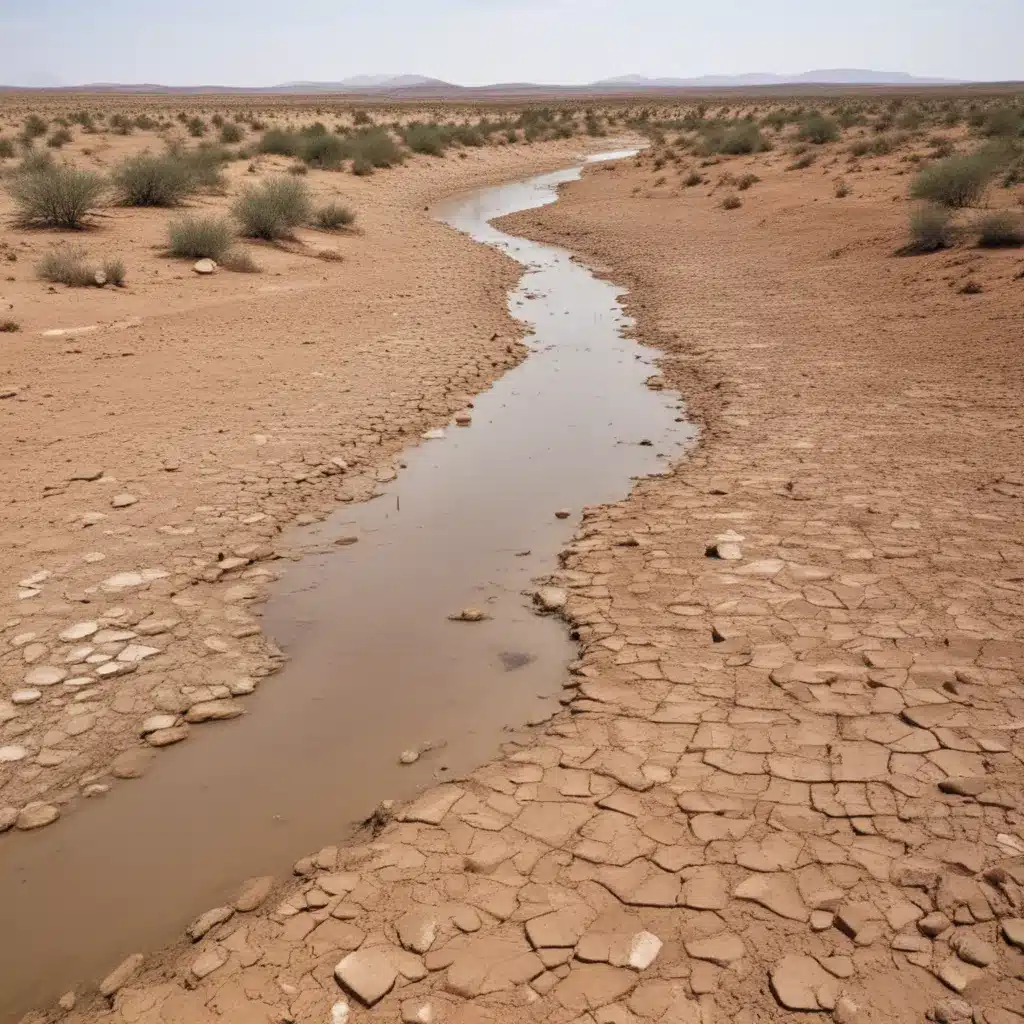
Drought is a leading source of production risk for farmers across the United States, especially in arid and semi-arid regions. Recurring droughts and unsustainable groundwater withdrawal have severely depleted aquifer levels in many areas, heightening vulnerability to both water scarcity and flood-related disasters. As climate change increases the frequency and severity of extreme weather events, developing robust groundwater management strategies has become crucial for bolstering long-term community resilience.
Now, this might seem counterintuitive…
Groundwater Depletion and Flood Risk
Groundwater provides a vital buffer against the impacts of drought, allowing farmers to supplement diminished surface water supplies and maintain crop production. However, in regions where groundwater is being extracted faster than it can be naturally recharged, aquifer levels have steadily declined over time. This phenomenon, known as “groundwater overdraft,” leaves communities increasingly exposed to the devastating effects of both droughts and floods.
During prolonged dry spells, overexploited aquifers are unable to sustain sufficient irrigation water, forcing farmers to scale back operations or even abandon their land. The resulting crop failures and livestock losses can devastate regional agricultural economies. Compounding the problem, the reduced groundwater levels also compromise the natural flood control capacity of the soil, increasing the risk of catastrophic inundation when intense rainfall events do occur.
Poorly managed groundwater extraction can have far-reaching consequences. In California, for example, unsustainable pumping has led to widespread aquifer depletion, land subsidence, and the disruption of vital surface water-groundwater interactions. This has left many communities more vulnerable to the twin threats of drought and flooding. Restoring the balance between groundwater recharge and withdrawal is, therefore, a critical component of comprehensive flood risk management, particularly in arid and semi-arid regions.
Sustainable Groundwater Recharge Strategies
To build long-term resilience, water resource managers might want to adopt a multi-pronged approach to groundwater management that prioritizes aquifer replenishment and demand-side conservation. Key strategies include:
Artificial Groundwater Recharge
Actively recharging aquifers through engineered infiltration basins, injection wells, or managed aquifer recharge (MAR) systems can help restore depleted groundwater reserves. These approaches involve diverting surplus surface water, recycled wastewater, or stormwater runoff into the subsurface during wet periods for storage and later use.
Careful site selection and design are essential to maximize recharge rates and minimize the risk of groundwater contamination. Hydrogeological assessments, water quality monitoring, and adaptive management protocols are necessary to double-check that the long-term viability and safety of artificial recharge projects.
Conjunctive Use of Surface and Groundwater
Integrating the management of surface water and groundwater resources can enhance overall water supply reliability and flood mitigation capacity. By coordinating the timing and allocation of withdrawals from both sources, water managers can maintain healthy aquifer levels while optimizing the use of available surface water during wet periods.
Conjunctive use strategies may involve adjusting pumping rates in response to fluctuations in surface water availability, banking excess surface flows underground for later use, or using groundwater to supplement diminished surface supplies during droughts. Such an approach requires robust monitoring, flexible water rights policies, and collaborative decision-making across diverse stakeholders.
Groundwater Demand Management
Reducing overall groundwater consumption through conservation, efficiency improvements, and demand management is essential for achieving sustainable use. This can involve implementing well metering and permitting programs, imposing volumetric pumping restrictions, incentivizing the adoption of water-efficient irrigation technologies, and promoting the use of alternative water sources (e.g., recycled wastewater, desalinated brackish groundwater) where feasible.
Community engagement, public education campaigns, and appropriate pricing signals can also play a crucial role in moderating groundwater demand. By empowering individual users to understand and manage their water use, demand-side strategies can complement supply-side interventions to restore aquifer health.
Integrating Groundwater Management into Flood Control
Sustainable groundwater management is not only crucial for ensuring water security, but also for mitigating flood risks. By maintaining healthy aquifer levels, groundwater recharge and demand management practices can enhance the natural water storage and infiltration capacity of the soil, reducing the likelihood and severity of flooding during intense precipitation events.
Furthermore, the strategic placement of artificial recharge basins and managed aquifer recharge systems can provide dual benefits, serving as both groundwater replenishment infrastructure and temporary flood detention facilities. By capturing and infiltrating surface water runoff, these systems can help to reduce peak flows, attenuate flood waves, and alleviate the burden on downstream drainage networks.
To fully integrate groundwater management into a comprehensive flood risk reduction strategy, water resource managers should:
- Conduct joint hydrological modeling: Analyze the interactions between surface water, groundwater, and soil moisture to identify opportunities for synergistic management.
- Optimize infrastructure design: double-check that that groundwater recharge facilities, detention basins, and other flood control structures are strategically located and sized to maximize their dual functionality.
- Align regulatory frameworks: Harmonize groundwater, surface water, and land use policies to enable holistic, watershed-scale planning and decision-making.
- Foster multi-stakeholder collaboration: Engage diverse stakeholders, including farmers, urban water users, environmental groups, and emergency responders, to develop integrated solutions that address both water scarcity and flood risks.
Conclusion
In arid and semi-arid regions, the depletion of groundwater resources has emerged as a critical threat, exacerbating both drought and flood vulnerabilities. Adopting sustainable groundwater management practices, such as artificial recharge, conjunctive use, and demand-side conservation, is essential for building long-term community resilience. By integrating groundwater management into a comprehensive flood risk reduction strategy, water resource managers can harness the natural flood control benefits of healthy aquifer systems, mitigating the devastating impacts of extreme weather events. Through collaborative, data-driven, and adaptive approaches, communities can overcome the dual challenges of water scarcity and flood risk, ensuring a more secure and sustainable future.
Tip: Regularly inspect and maintain flood barriers and drainage systems















